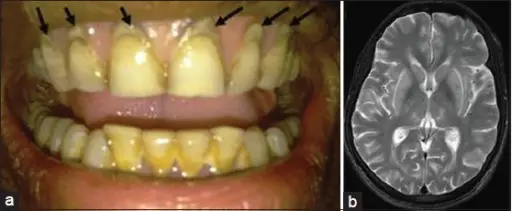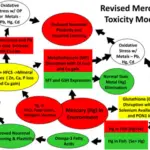Lead is a type of metal that is poisonous to your body. Lead may cause disease by contaminated air, water, dust, food, or consumer products
What is the Pathology of Lead Toxicity?
The pathology of lead toxicity is:
-Etiology: The cause of lead toxicity is due to lead binding to sulfhydryl groups in proteins, which interferes with calcium metabolism.
-Genes involved: None.
-Pathogenesis: The sequence of events that led to lead toxicity includes exposure through inhalation, ingestion, or occasionally skin contact. Lead inhibits key enzymes in the heme synthesis pathway.
-Morphology: Lead toxicity may accompany neurologic hematologic, skeletal, renal, and gastrointestinal issues.
-Histology: The histology associated with lead toxicity shows ringed sideroblasts.
How does Lead Toxicity Present?
Patients with lead toxicity are typically children. The symptoms, features, and clinical findings associated with lead toxicity include abdominal pain, constipation, headaches, irritability, memory problems, infertility, and tingling in the hands and feet. In severe cases, anemia, seizures, coma, or death may occur.
How is Lead Toxicity Diagnosed?
Lead toxicity is diagnosed by measuring blood lead levels.
How is Lead Toxicity Treated?
Lead toxicity is treated with chelation therapy.
What is the Prognosis of Lead Toxicity?
The prognosis of lead toxicity is good as it is reversible if tackled earlier.



